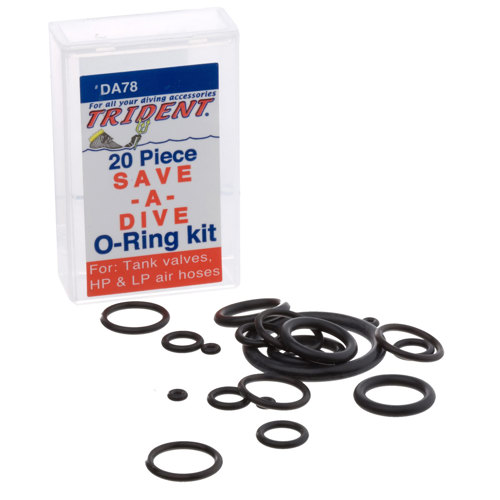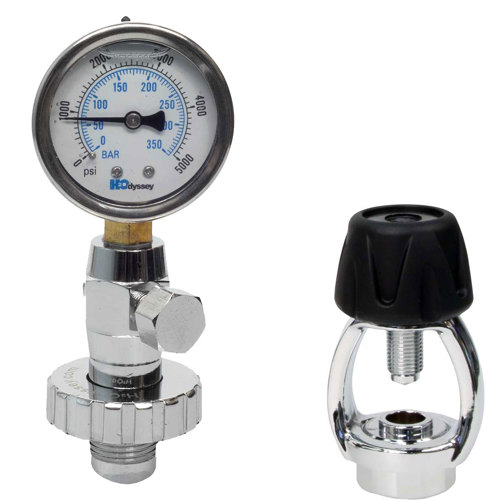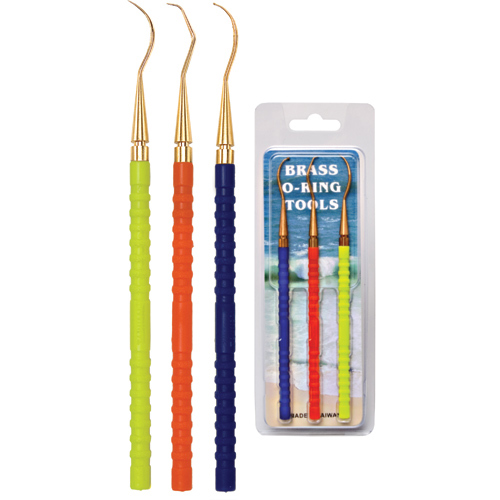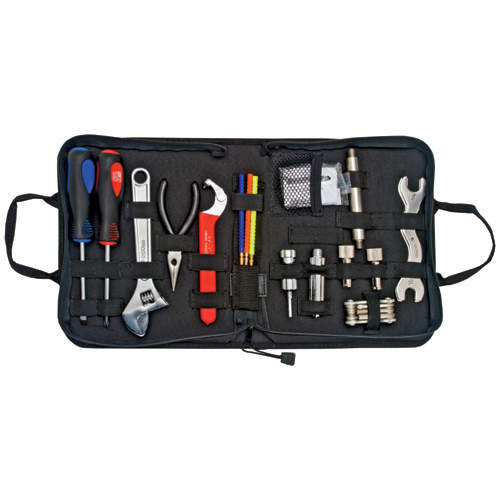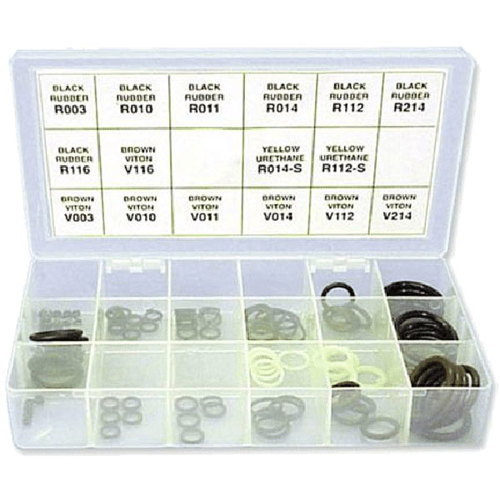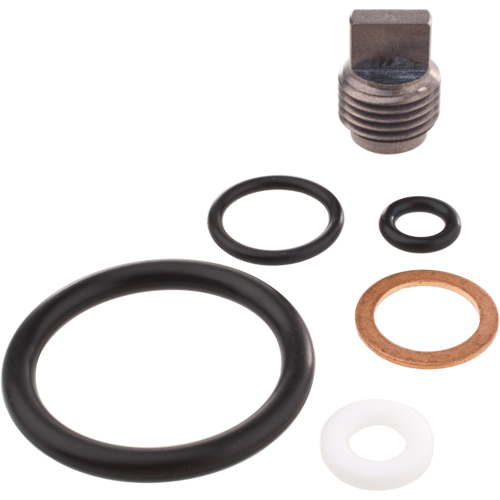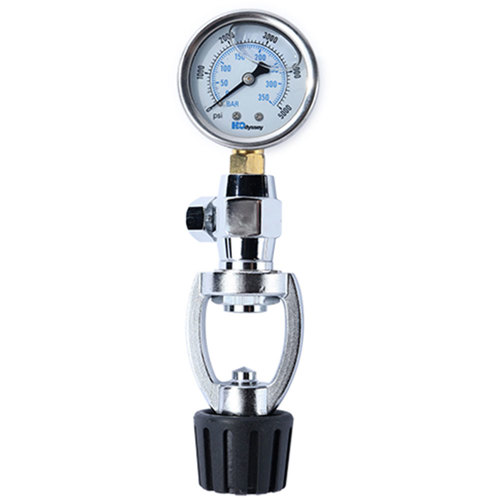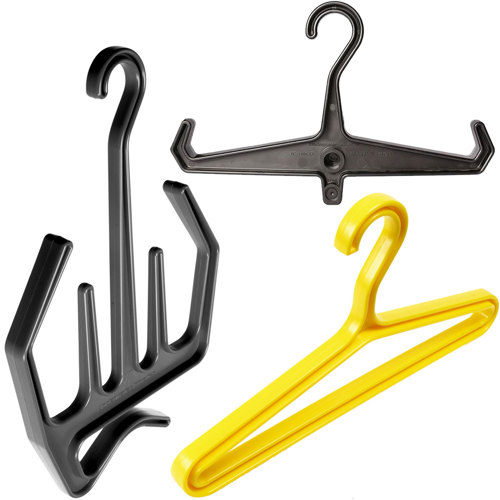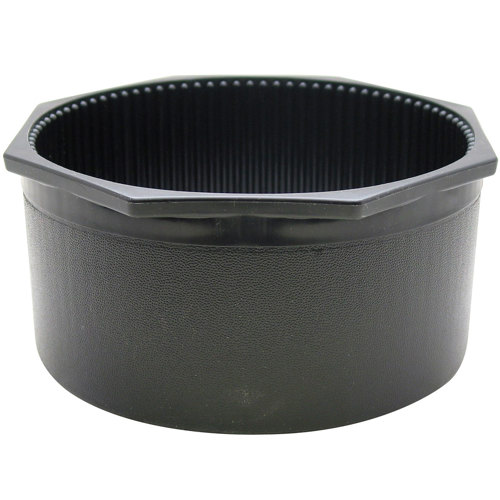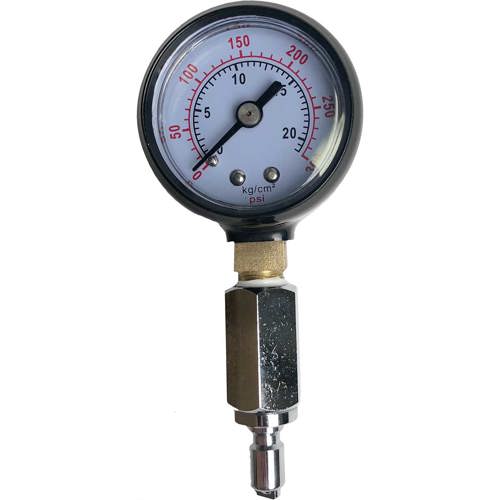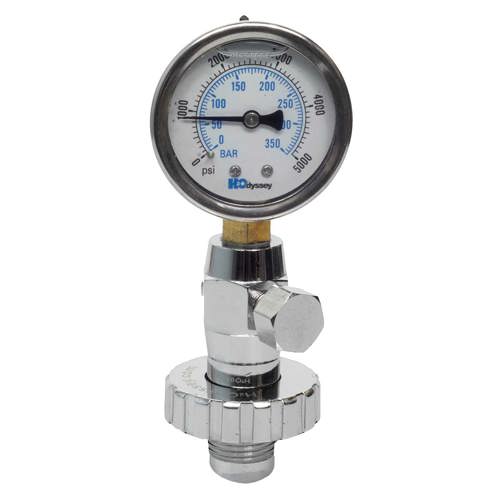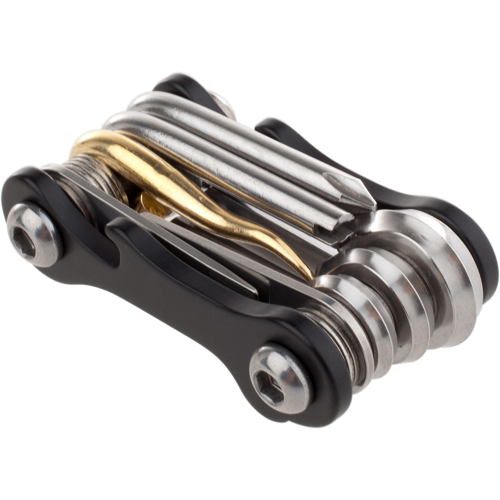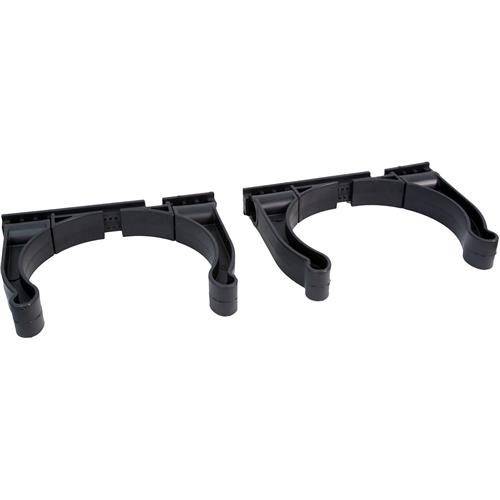Maintaining your scuba tank is a cornerstone of safe and enjoyable diving, whether you're gearing up for a late-summer dive trip or prepping your kit for the off-season. The process of scuba tank maintenance is far more than a routine—it’s about preserving the integrity of your equipment and ensuring every breath underwater is as pure and safe as the first. Divers of all skill levels, from seasoned instructors to eager beginners, recognize the importance of regular inspections, cleaning, and proper storage. A well-maintained tank not only extends the life of your gear but also safeguards against the risks of corrosion, contamination, and unexpected malfunctions. For those who dive frequently, especially in saltwater environments, the battle against rust and oxidation is ongoing. Steel tanks are particularly susceptible to rust if moisture is allowed to enter, while aluminum tanks can suffer from oxidation, both of which can compromise the air quality and structural integrity of the cylinder. Many divers recall the first time they heard the faint rattle of debris inside a tank or noticed a subtle hiss from a worn o-ring—small reminders that diligent care is non-negotiable.
A thoughtful approach to scuba tank maintenance involves more than just a visual once-over. Annual visual inspections by a certified professional are essential, examining the tank’s exterior for dents, dings, and scratches, and meticulously checking valve threads, o-rings, and the interior walls for signs of rust, pitting, or debris. Every few years, hydrostatic testing becomes necessary, a process that fills the tank with water and subjects it to pressures beyond its working limits to ensure its structural soundness. This regimen is not just for individual divers—dive clubs, instructors, and even families with their own sets of gear benefit from investing in maintenance tools and accessories. These products can also make thoughtful gifts for the diver in your life, especially as the diving season winds down and attention turns to winter storage. For those who use nitrox, the stakes are even higher; increased oxygen concentrations can accelerate corrosion, making regular valve servicing and o-ring replacement even more critical. Storing tanks upright in a cool, dry place, away from direct sunlight and temperature extremes, further protects your investment. Avoiding the temptation to store cylinders on their sides helps prevent moisture from pooling along the tank walls, a simple habit that can make a world of difference over time.
Selecting the right tools and accessories for scuba tank maintenance is a decision informed by both experience and environment. Divers who travel or dive in remote locations often keep a compact kit on hand for quick checks and minor repairs, ensuring that a loose valve or compromised seal never cuts a trip short. For those who fill their own tanks, keeping fill whips dry and valves clean is second nature, and a brief burst of air before filling can prevent water ingress. Relying on reputable dive shops with well-maintained compressors for air fills is equally important, as contaminated air can pose serious health risks, even if the tank itself has passed inspection and pressure tests. Whether you’re preparing for a late-summer dive or stowing your gear until spring, taking the time to care for your tanks ensures every adventure begins with confidence. For more information on how pressure relates to tank safety and performance, visit our detailed guide on
Diving Tank Pressure. By weaving these maintenance habits into your routine, you’re not just protecting your equipment—you’re investing in countless safe and memorable dives for years to come.
Top Picks For Diving Tank Maintenance


